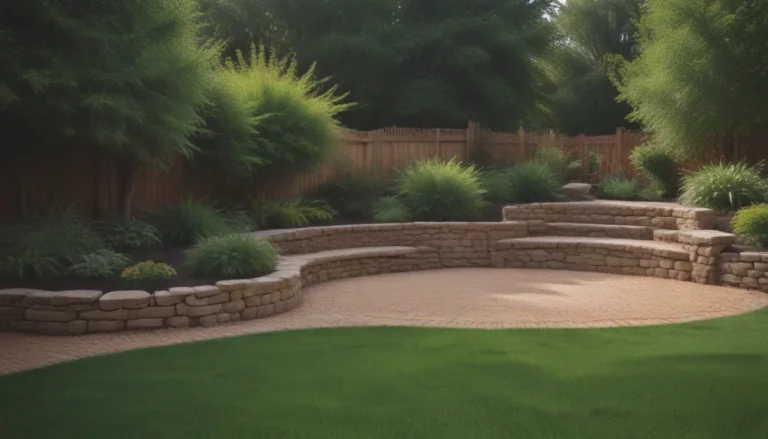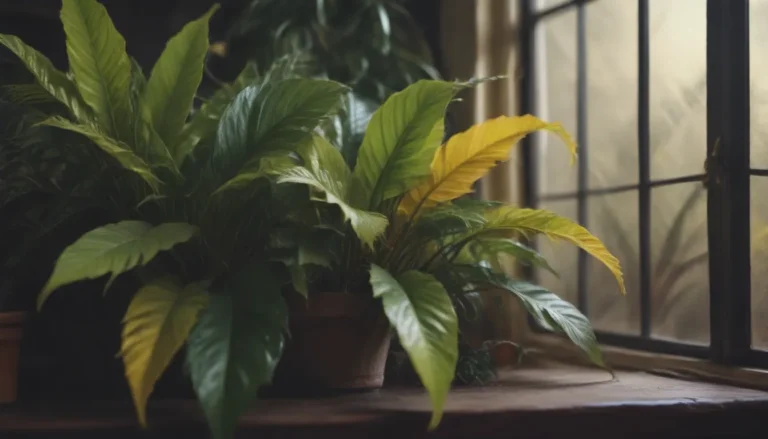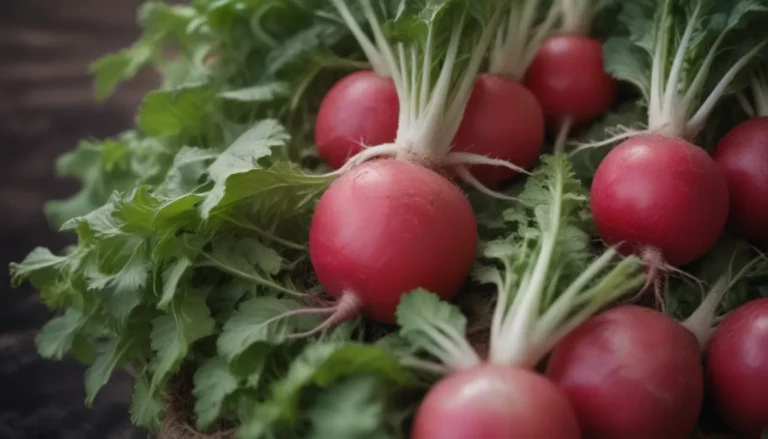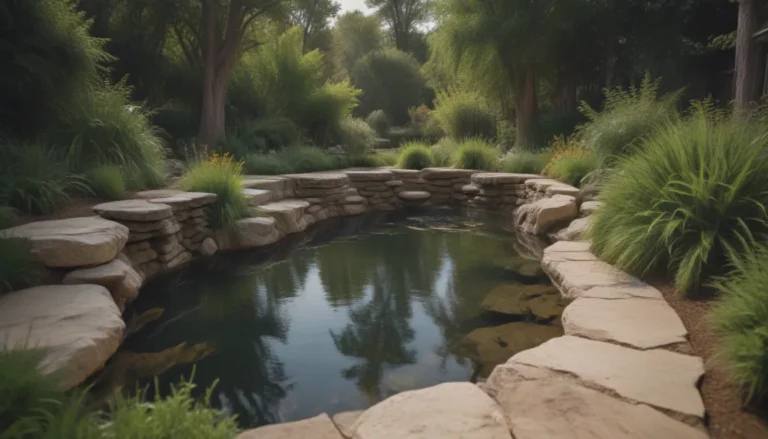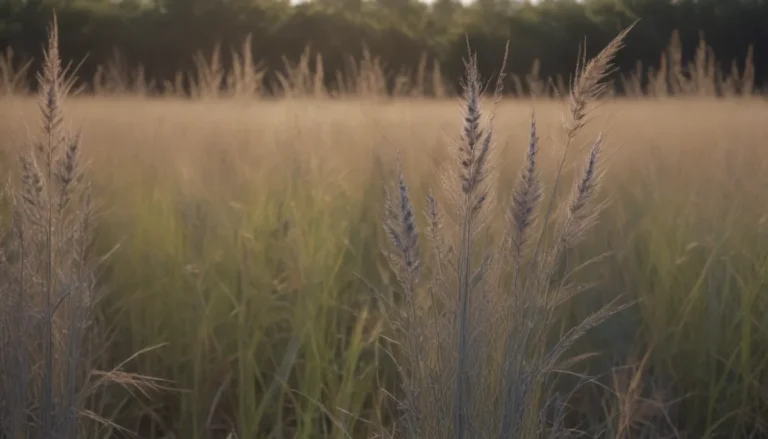The Ultimate Guide to Low-Maintenance Outdoor Succulents

Succulents are a gardener’s dream: they are easy to care for, come in a variety of shapes and sizes, and add a unique touch to any outdoor space. Whether you are a beginner or an experienced gardener, succulents are the perfect addition to your garden. In this article, we will explore the world of outdoor succulents and discuss the 13 best low-maintenance varieties to grow in your yard. So grab your gardening gloves and let’s get started!
Why Grow Succulents Outdoors?
Outdoor succulents are not only beautiful, but they are also practical. Here are a few reasons why you should consider adding these plants to your garden:
- Water-wise landscaping: Succulents store water in their thickened leaves, stems, or roots, making them perfect for water-wise landscaping.
- Easy to propagate: Succulents are simple to propagate—just take a snip, let the end callous over, and plant in the ground or a container.
- Low-maintenance: Succulents require minimal care, making them ideal for both new and experienced gardeners.
Tips for Growing Succulents
Before you start growing succulents in your garden, here are a few tips to keep in mind:
- Light: Most succulents prefer bright, indirect light. Place them in a location where they will receive plenty of sunlight.
- Soil: Use a well-draining soil mix specifically designed for succulents. Avoid overwatering, as succulents are prone to root rot.
- Watering: Succulents have unique watering needs. Water them thoroughly but allow the soil to dry out between waterings.
- Containers: If you are growing succulents in containers, make sure the pots have drainage holes to prevent waterlogged soil.
Now that you have the basics down, let’s explore the 13 best low-maintenance succulents to grow outdoors:
1. Aeonium
Pronunciation: a-OH-nee-um
Traits: Aeoniums are natives of North Africa’s Canary Islands and prefer more moisture than most succulents. They come in a variety of colors, with the purple/black Aeonium ‘Zwartkop’ being a popular choice. These succulents are perfect for container gardens or cut bouquets.
Try These: Aeonium arboreum ‘Zwartkop’, Aeonium haworthii
2. Agave
Pronunciation: a-GAH-vee
Traits: Agaves are native to the Americas and are known for their striking forms and large sizes. These succulents can produce magnificent blooms and are perfect for landscape plants.
Try These: Agave americana, Agave parryi
3. Aloe
Pronunciation: AL-oh
Traits: Aloes are native to Africa, the Mediterranean, and Madagascar. They have fleshy, pointed leaves arranged in rosettes and produce showy flowers in shades of orange, red, or yellow.
Try These: Aloe vera, Aloe arborescens
4. Crassula
Pronunciation: KRASS-oo-la
Traits: Crassulas are native to South Africa and feature small-to-medium succulents with fleshy leaves arranged in various patterns. They are perfect for ground covers or container gardening.
Try These: Crassula ovata, Crassula perforata
5. Dasylirion
Pronunciation: das-uh-LIH-ree-uhn
Traits: Dasylirions have a palm-like appearance and are popular in xeriscape gardens. They have strap-like leaves with small, sharp teeth and can tolerate desert conditions.
Try These: Dasylirion acrotrichum, Dasylirion wheeleri
6. Dudleya
Pronunciation: Dud-ley-a
Traits: Dudleyas are native to the southwestern United States and Baja California. They have lovely flowers and rosette shapes, making them perfect for rock gardens or containers.
Try These: Dudleya brittonii, Dudleya pulverulenta
7. Echeveria
Pronunciation: ech-eh-VER-ee-a
Traits: Echeverias form beautiful rosettes in a variety of colors and are native to the Americas. They are easy to care for and make great container plants.
Try These: Echeveria elegans, Echeveria ‘Perle von Nurnberg’
8. Euphorbia
Pronunciation: yoo-FOR-bee-uh
Traits: Euphorbias come in various shapes and sizes, with over 1,000 species in the family. They can resemble cacti and make striking accents in the garden.
Try These: Euphorbia tirucalli, Euphorbia milii
9. Graptopetalum
Pronunciation: grap-toh-PET-al-um
Traits: Graptopetalums are native to Mexico and the southwestern United States. They are fleshy succulents that form beautiful rosettes and can survive freezing temperatures.
Try These: Graptopetalum paraguayense, Graptopetalum superbum
10. Haworthia
Pronunciation: ha-WORTH-ee-a
Traits: Haworthias are native to South Africa and come in a variety of sizes and colors. They prefer shade or dappled sunlight and are prone to root rot if overwatered.
Try These: Haworthia cooperi, Haworthia attenuata
11. Kalanchoe
Pronunciation: kal-un-KOH-ee
Traits: Kalanchoes are native to tropical regions and come in a variety of colors. They prefer a moist climate and produce showy flowers in shades of yellow, red, and orange.
Try These: Kalanchoe blossfeldiana, Kalanchoe pinnata
12. Sedum
Pronunciation: SEE-dum
Traits: Sedums have fleshy leaves and come in a variety of sizes and shapes. They are perfect for rock gardens, banks, or small areas that need texture or color.
Try These: Sedum spurium, Sedum spectabile
13. Senecio
Pronunciation: sen-EE-see-oh
Traits: Senecios come from the Americas and Mediterranean regions and belong to the daisy family. They are easy to grow and make attractive border plants in drought-tolerant landscapes.
Try These: Senecio mandraliscae, Senecio rowleyanus
Now that you have a better understanding of the best low-maintenance succulents to grow outdoors, it’s time to start planning your garden. Whether you choose to grow them in pots, as ground covers, or in specific areas of your yard, succulents are sure to add a unique touch to your outdoor space. Happy gardening!
